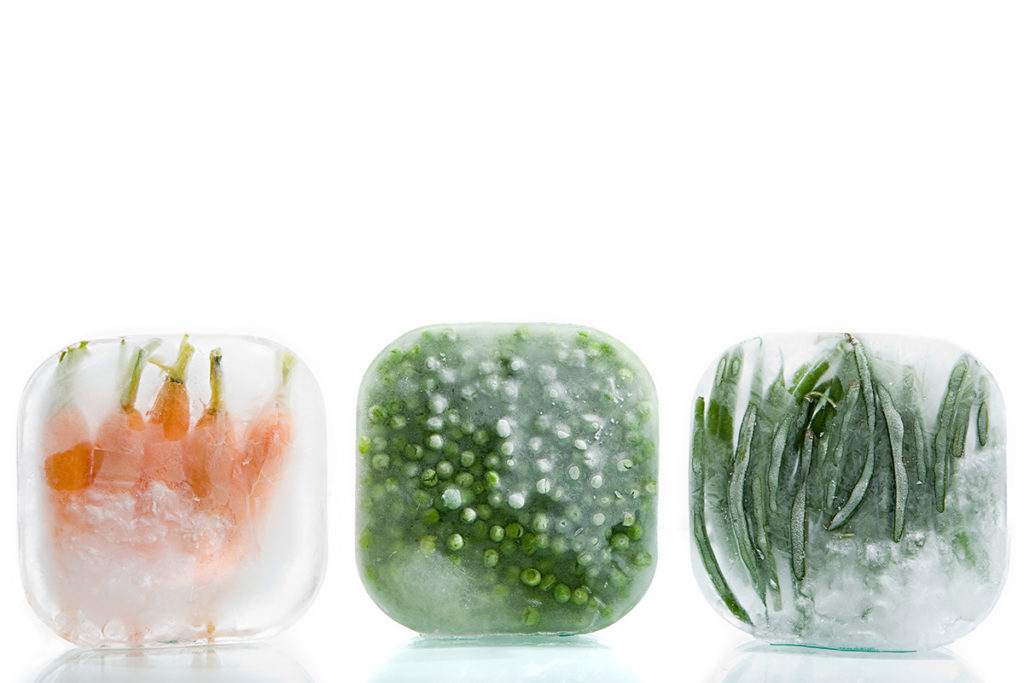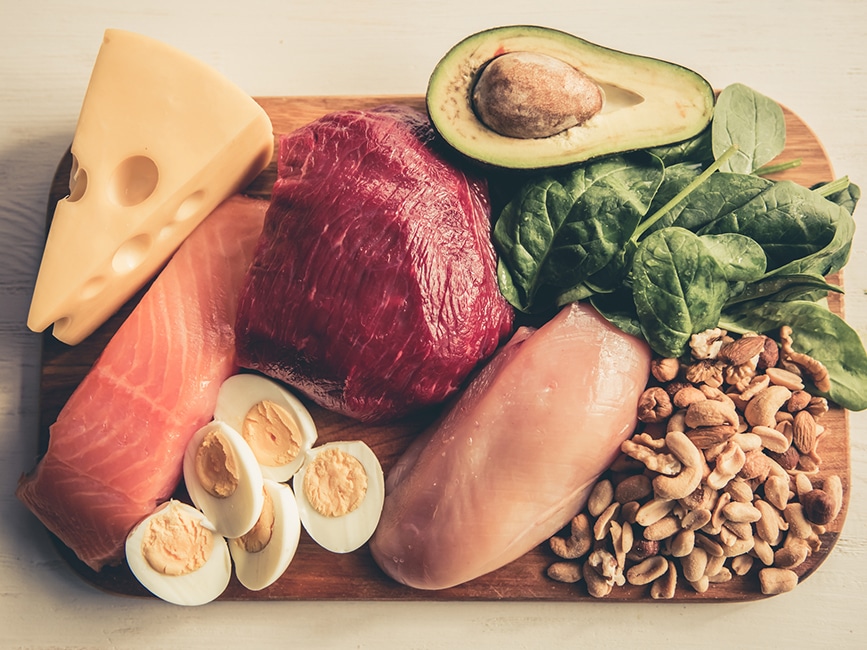Handling Frozen Food Safely
USDA releases tips on preparing frozen foods safely.

Because of the COVID-19 pandemic, people have been preparing more meals at home, a trend that is likely to stick around. But research from the U.S. Department of Agriculture suggests that many home cooks may not know how to handle frozen foods properly, which can elevate the risk for foodborne illness. To address that risk, the organization released a handful of guidelines to help us use subzero foods safely. Here are the finer points:
- To prevent cross-contamination, make it a habit to thoroughly wash your hands with hot, soapy water before preparing frozen food and after handling raw frozen products. A USDA survey found that 97% of participants did not wash their hands during meal prep.
- Even if frozen products look cooked (because of grill marks or browned breading, for example), handle these items as if they were raw and prepare them according to the package directions. They are not safe to eat without adequate cooking.
- Don’t guess. Use a food thermometer to determine when frozen meat products are safe to eat.
- Meats are not the only foods that can be unsafe. Frozen veggies may also carry bugs
that cause foodborne illness. So even if you are preparing vegetables like corn or broccoli for a cold salad, be sure to heat them adequately. - Finally, check that the frozen food stashed in your freezer hasn’t been recalled. You can do a search on the USDA or FDA websites for this information.
Matthew Kadey, MS, RD
Matthew Kadey, MS, RD, is a James Beard Award–winning food journalist, dietitian and author of the cookbook Rocket Fuel: Power-Packed Food for Sport + Adventure (VeloPress 2016). He has written for dozens of magazines, including Runner’s World, Men’s Health, Shape, Men’s Fitness and Muscle and Fitness.




